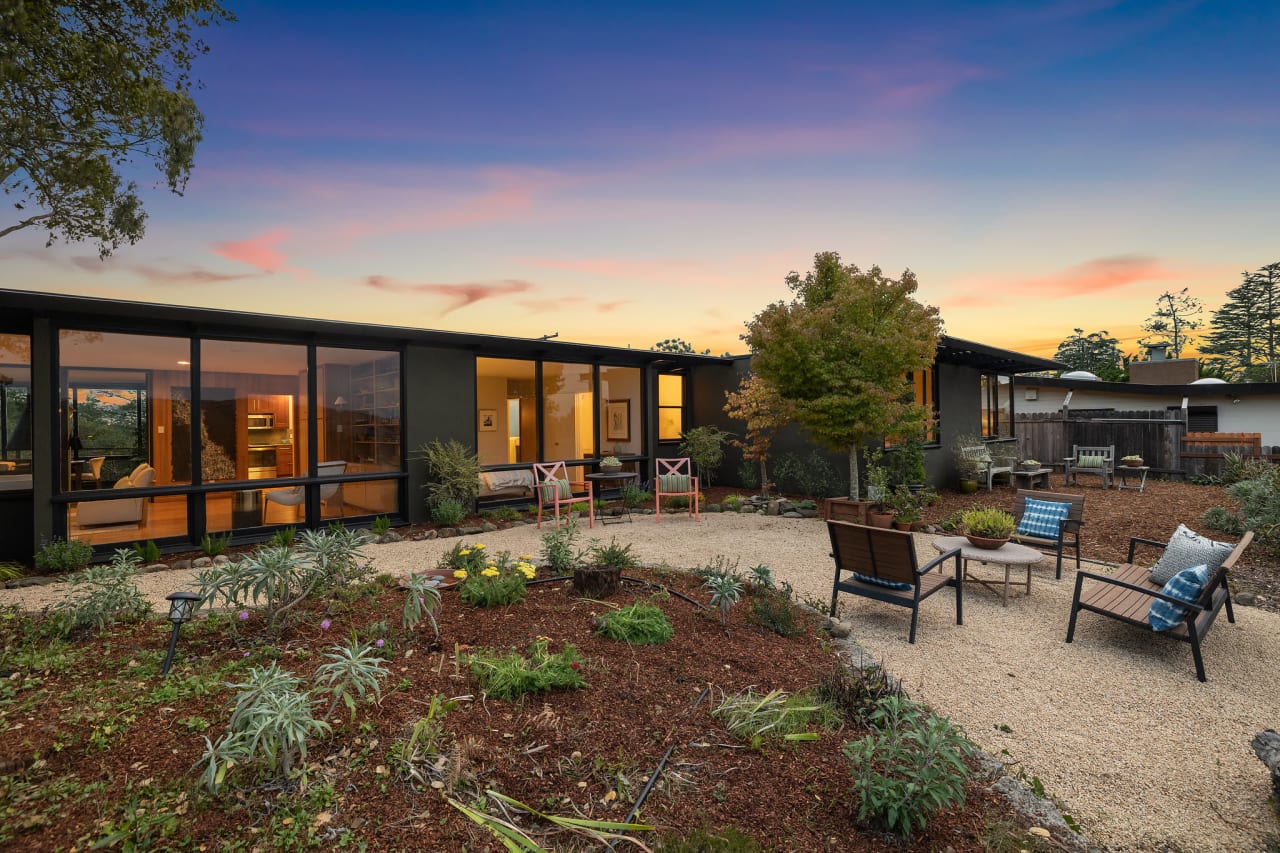Of the many heartbreaking and striking images that emerged from the recent devastating fires on Maui, the photograph of the lonely surviving house surrounded by the ashes of a destroyed neighborhood runs through my mind over and over.
In an interview with the owner of this home - dubbed a “miracle house” - he said, “That's our house... We started crying. I felt guilty. We still feel guilty.”
In a time of such loss, it’s natural to feel survivor’s guilt. And in the spirit of rebuilding, let’s look at why this home did survive, because while it may feel “miraculous”, the truth is that the owners made some savvy choices when they bought the 100 year old home that we can all learn from.
As we are mid-fire season here in California, it’s a good time to revisit how to create defensible space.
How to reduce the risk of damage from fire in homes
Create Defensible Space:
- Maintain a cleared zone around your home by removing dead vegetation, leaves, and other flammable materials. This defensible space should extend at least 30 feet from your house.
Fire-Resistant Landscaping:
- Choose fire-resistant plants for your landscaping, such as succulents, stonecrop, and other low-flammability species.
- Space trees and shrubs apart to reduce the risk of fire spreading from one plant to another - fire can jump from one tree to another, called “laddering”
- Prune trees and shrubs regularly to remove dead branches and create a firebreak.
- Clear away dead trees, branches, and other vegetation that can serve as fuel for wildfires.
- Keep grass and weeds trimmed low.
- Create firebreaks or fire-resistant barriers around your property using non-flammable materials like gravel, rock, or brick.
Roof and Gutter Maintenance:
- Use fire-resistant roofing materials, such as metal, tile, or asphalt shingles with a Class A fire rating.
- Clean your roof and gutters regularly to remove debris like leaves and pine needles.
- Install ember-resistant vents on your home to prevent embers from entering the attic or crawl spaces.
Seal Openings:
- Seal gaps and openings around windows, doors, and other entry points with fire-resistant materials like caulk and weatherstripping.
Siding and Decking:
- Use fire-resistant siding materials, such as stucco, fiber cement, or fire-resistant treated wood.
- Consider replacing wooden decks with non-combustible materials like concrete or metal.
Safe Storage:
- Store firewood, propane tanks, and other flammable materials at least 30 feet away from your home and other structures.
Fire-Resistant Fencing:
- Use non-combustible fencing materials like metal or stone.
- Ensure that the fence is not directly attached to your house, as it can act as a conduit for flames.
Emergency Water Supply:
- Install an outdoor water source, such as a well, swimming pool, or water storage tank, with a pump and hose that can be used by firefighters in case of a wildfire.
Stay Informed:
- Stay updated on local wildfire alerts and evacuation orders. Sign up for emergency notifications from your local authorities.
- Jess’s favorite app is called WatchDuty
Evacuation Plan:
- Have a well-thought-out evacuation plan for your family and pets, and practice it regularly.
Insurance Coverage:
- Ensure that your homeowners' insurance includes wildfire coverage to help with rebuilding and replacing possessions in case of damage.
The home in Lahaina had a recently-installed metal roof and fire-resistant landscaping. It was enough to save it, and we hope that if ever we are in a fire, you and your loved ones are also safe.



